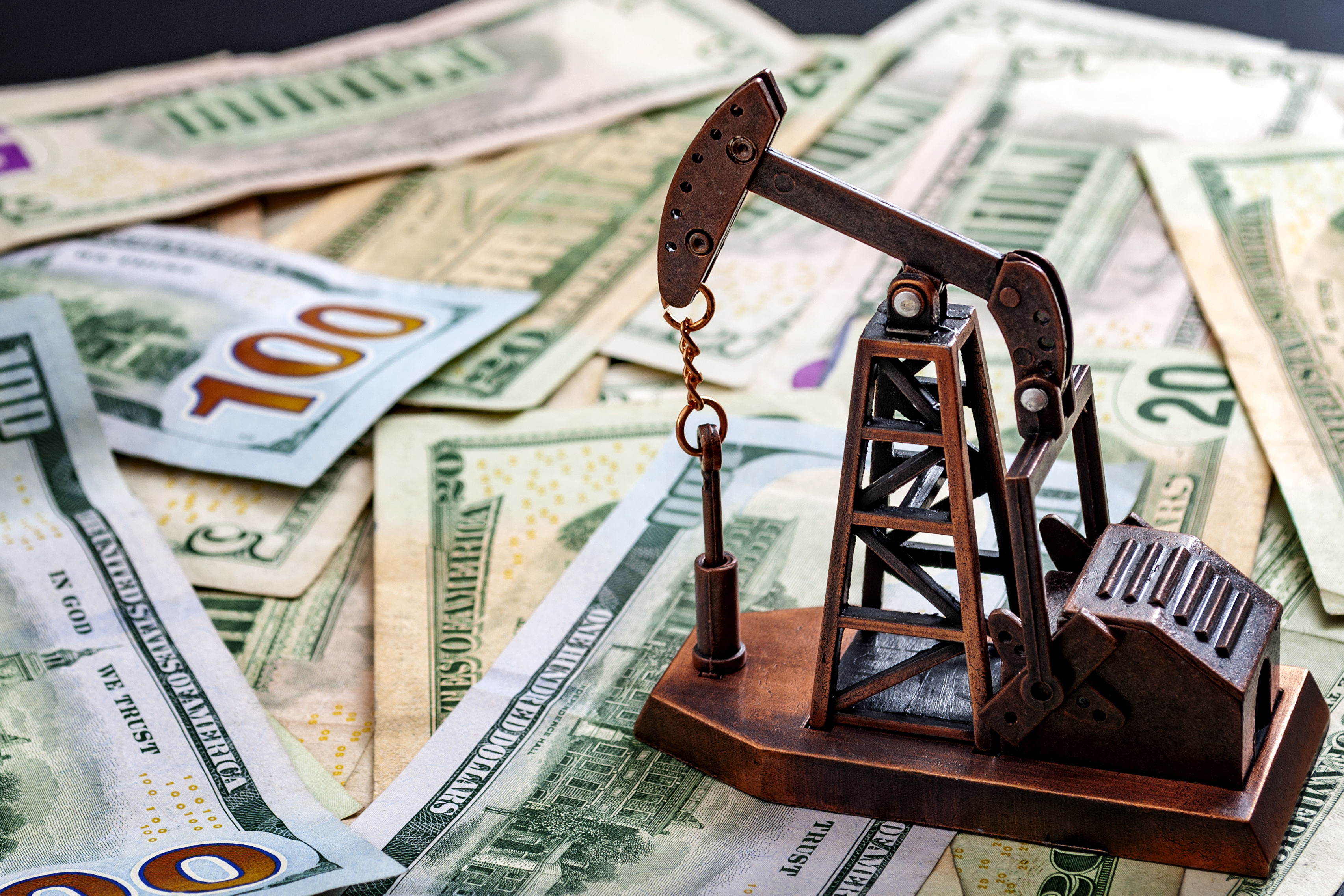
How Biden’s Energy Agenda Could Send Oil To $100
Some in the oil industry fear that oil prices may again return to the $100 mark, with President Joe Biden’s anti-fossil fuel stance and aggressive green agenda threatening the supply of oil and gas in the foreseeable future.
President Biden’s energy agenda has been a puzzling one, but it didn’t start off that way. At the very start of his term, President Biden was quick to cancel the Keystone XL pipeline. He suspended oil and gas leasing on federal lands, and sent a clear signal to the oil and gas industry: your days are numbered.
Now those policies may push oil prices back up to $100, as oil production in the United States is still lagging pre-pandemic levels by nearly 2 million bpd, while demand continues to tick upwards.
It’s not that oil production in the United States is stagnating. Hardly. But the slow recovery—impeded in part by Hurricane Ida—could tip the market into a shortage rather than a surplus.
Demand is already outpacing U.S. production. In 2021, U.S. crude oil inventories have shed nearly 70 million barrels.
It would be one thing if U.S. policy were pro-oil and gas. As oil prices rise, oil and gas investments would flood in, and the market would do what the market does—regulate itself. But oil investors and banks—even Big Oil companies—are desperately trying to tiptoe through the new environment. Shareholders are now spattered with activist shareholders demanding more accountability with regard to the environment. Banks are eager to display their green prowess by shunning new oil and gas projects. Oil and gas companies are leery of sinking too much money into new drills too fast in an environment that may or may not be hospitable to them in the future.
Now, the lack of investment and sluggish return of U.S. oil production could send oil prices spiking.
That’s not to say that all are on board with this call for $100 oil. Some contend that OPEC+ has its finger on the pulse of the oil industry so that oil won’t have a chance to go that high. Others, however, question how much spare capacity OPEC+ has at the ready to respond to additional demand surges.
The U.S. Energy Information Administration sees OPEC+ spare capacity reaching 5.11 million bpd in the fourth quarter of next year.
Goldman thinks $100 oil by 2023 shouldn’t be ruled out, as supply additions are expected to be simply too slow to keep up with demand—precisely the scenario we saw in 2021. Goldman’s base forecast is still $85 Brent in 2022 and 2023. But it isn’t ruling out the possibility for $100 oil, made possible by higher cost inflation for drillers or a significant supply shortfall.
Saudi Arabia warned that this underinvestment could be dangerous.
No matter where the exact call for oil prices lands, one common theme exists in most oil forecasts today: there is simply not enough supply while demand is robust. And oil prices will need to go even higher if significant investments are to be made to the extent where supply can keep up with demand. How high? Well, that will depend on the policies in place to support the industry—and those policies today aren’t looking to congenial.
Oilprice.com by Julianne Geiger, January 4, 2022
